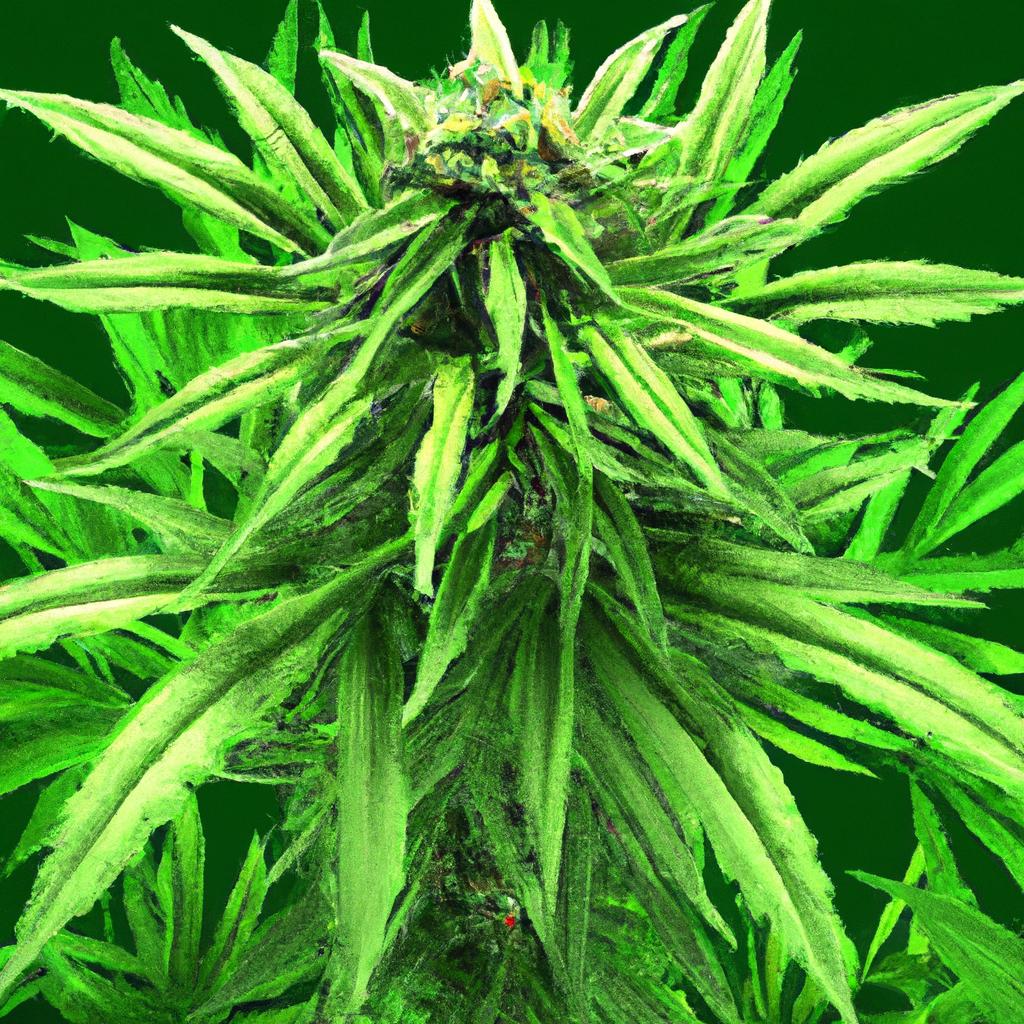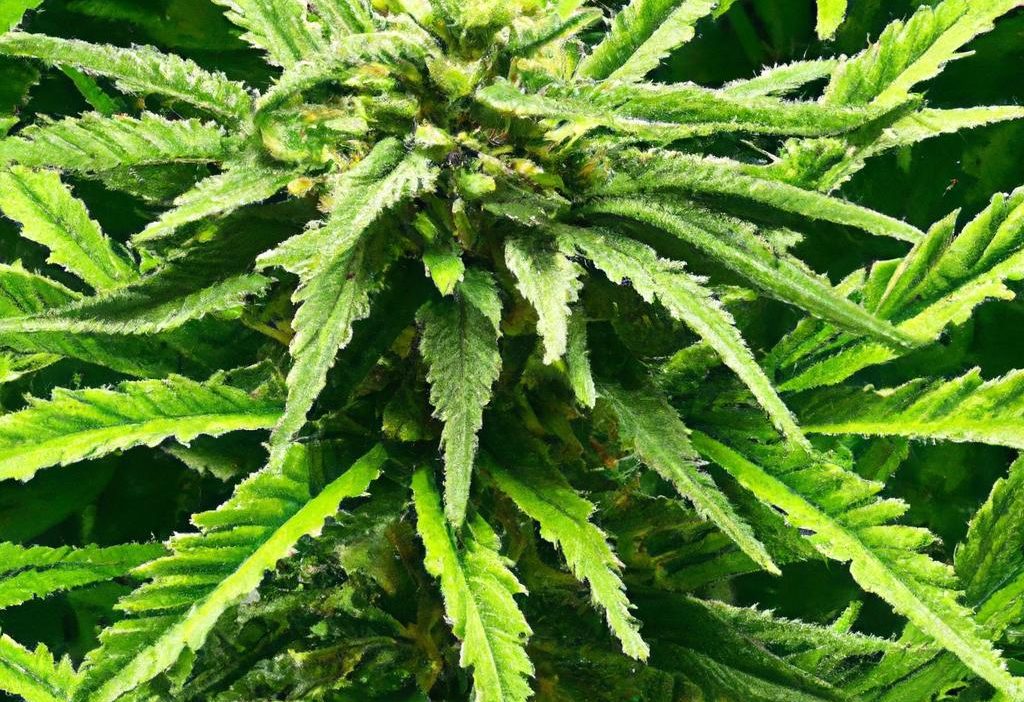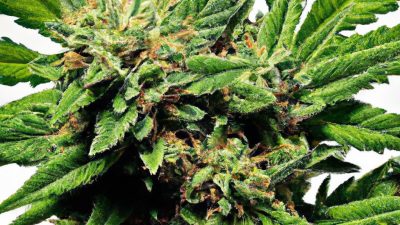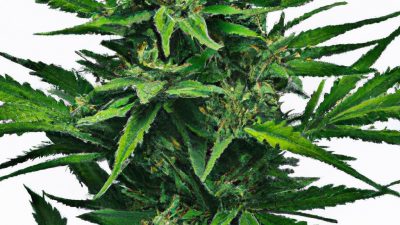
Understanding Ethanol Extraction: benefits and Drawbacks in Cannabis Processing
The cannabis industry is evolving rapidly, fueled by advances in cannabis technology and science that improve how valuable cannabinoids and terpenes are extracted from the plant. One of the most popular and versatile methods for cannabis extraction is ethanol extraction. whether you’re a cultivator,processor,or consumer,understanding ethanol extraction’s benefits and drawbacks is essential too grasping how this method fits within the broader context of cannabis post-processing and equipment.
The Role of Ethanol Extraction in Cannabis Processing
Extraction is a critical step in transforming the raw cannabis plant into usable products like oils, concentrates, tinctures, and edibles. Ethanol extraction uses food-grade ethanol (alcohol) as a solvent to dissolve cannabinoids and terpenes from the plant material efficiently. This subtopic sits at the nexus of cannabis science and post-processing technology, representing a bridge between raw cultivation and refined consumable products.
How Ethanol Extraction Works
The process typically involves soaking cannabis biomass in cold or room-temperature ethanol, which strips away cannabinoids, terpenes, and other compounds. After extraction, the mixture undergoes filtration, and the ethanol solvent is evaporated thru equipment like rotary evaporators or falling film evaporators, leaving behind a purified concentrate.
Benefits of Ethanol Extraction in Cannabis
Ethanol extraction offers numerous advantages that have made it a preferred method in both small-scale and industrial cannabis operations.Here are some key benefits:
- Versatility: Ethanol effectively extracts a broad spectrum of cannabinoids and terpenes, capturing the plant’s full profile for “full-spectrum” products.
- Safety: Ethanol is food-grade and generally safe compared to hydrocarbon solvents like butane or propane.
- Cost-effective: Ethanol is relatively affordable and recyclable, allowing for enduring operations with solvent recovery systems.
- Scalability: Ethanol extraction equipment ranges from small lab-scale setups to large industrial machines, suiting various production volumes.
- High Throughput: Processes using ethanol can handle large amounts of biomass quickly, essential for commercial producers.
Additional practical Benefits
- produces extracts with minimal residual solvents when properly purged.
- Compatible with winterization-a process to remove fats and waxes for cleaner concentrates.
- Non-flammable at lower concentrations, reducing explosion risks during extraction.
Drawbacks and Challenges of Ethanol Extraction
Despite its advantages,ethanol extraction is not without challenges,which should be considered when selecting an extraction method or designing processing equipment.
- co-extraction of Chlorophyll: Ethanol can extract chlorophyll from the plant, giving products a bitter taste and darker color unless carefully winterized.
- Higher Energy Use: Evaporating ethanol requires critically important energy input, increasing operational costs.
- Less Selective: Unlike supercritical CO2 extraction, ethanol is less selective, possibly pulling impurities along with cannabinoids.
- Potential for Residual Solvent: Proper purging equipment and techniques are mandatory to ensure solvent-free final products.
- Flammability Concerns: While less hazardous than hydrocarbons, ethanol remains flammable and requires careful handling and proper facility design.
Comparison Table: Ethanol Extraction vs. Other Common Cannabis Extraction Methods
| Extraction Method | solvent Used | Pros | cons | Best For |
|---|---|---|---|---|
| Ethanol Extraction | Ethanol (Alcohol) | versatile,safe,scalable,full-spectrum extracts | Co-extracts chlorophyll,energy intensive | Large scale,full-spectrum oils,tinctures |
| Supercritical CO2 | CO2 | Selective,clean,solvent-free residuals | High equipment cost,slower process | High purity cannabis extracts |
| Hydrocarbon Extraction | Butane,Propane | Flavorful,efficient | Flammable,safety risks,residual solvents | Live resins,flavorful concentrates |
| Ice Water Extraction | Water (no solvent) | Solvent-free,natural | Lower yields,not scalable | Bubble hash,small batch |
Tips for optimizing Ethanol Extraction in Cannabis Processing
For operators interested in maximizing the effectiveness of ethanol extraction,the following tips align with best practices in cannabis technology and science:
- Cold Extraction: Utilize cold or chilled ethanol to reduce chlorophyll extraction and increase selectivity.
- Winterization: Remove fats, lipids, and chlorophyll by dissolving the crude extract in ethanol and freezing it before filtration.
- Proper Equipment: Use closed-loop systems and efficient solvent recovery to enhance safety and reduce solvent waste.
- Use Quality Biomass: Starting with well-cultivated and cured cannabis improves extract quality and reduces impurities.
- Consistent Testing: Regularly test extracts for potency,residual solvents,and contaminants to ensure regulatory compliance and product safety.
Conclusion: Is Ethanol Extraction Right for Your Cannabis Operation?
Ethanol extraction firmly establishes itself as a cornerstone in modern cannabis processing, combining safety, cost efficiency, and scalability. However, while it offers versatility and broad cannabinoid capture, it necessitates attentiveness to challenges like chlorophyll contamination and energy consumption. Whether you are integrating ethanol extraction within your cannabis post-processing workflow or comparing it to other extraction technologies, weighing these benefits and drawbacks is crucial for optimizing product quality, safety, and economics.
By understanding ethanol extraction’s role within overall cannabis science and technology advances, stakeholders-from growers to processors-can make better-informed decisions that elevate their operations and deliver the best possible cannabis products to the market.





